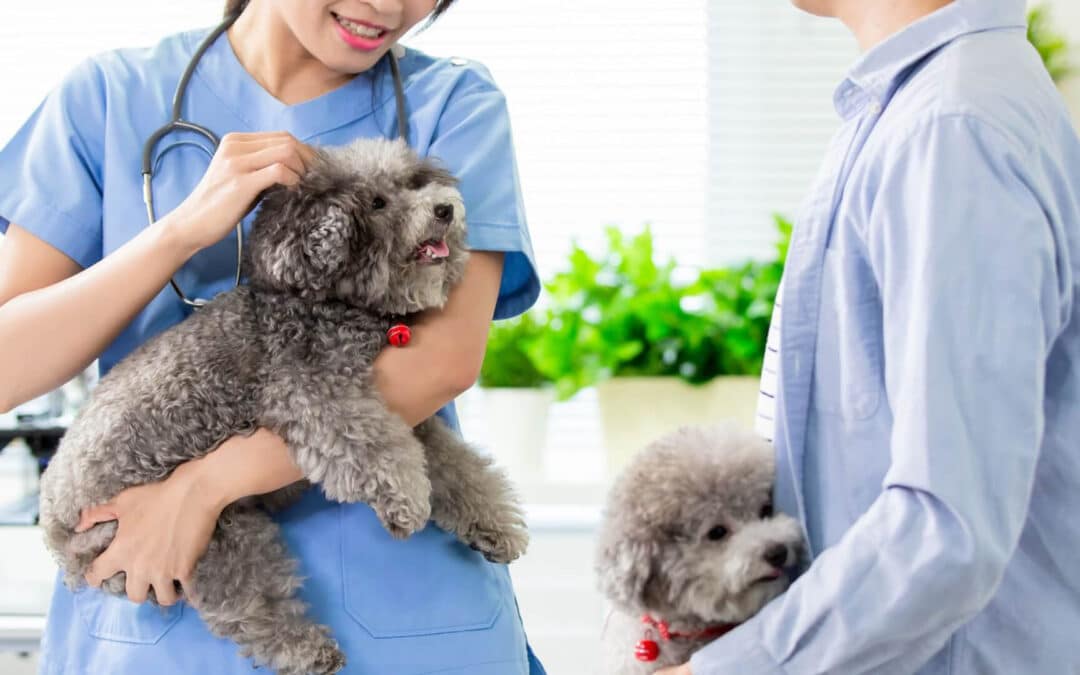Continuous glucose monitoring for pets has arrived!
- No pricking your pet’s lip, pads, or ears!
- Get a Blood glucose curve at home, every day, for up to 14 consecutive days!
- Glucose curves are Better than at home or in the hospital: Blood glucose is measured every MINUTE, averaged, and recorded every 15 minutes, for 14 days!
- Cost effective: a single sensor that can read 14 days of hourly blood glucose costs about the same as a single 8-hour curve in the hospital with only 4-6 blood glucose samples
- Stress-free– no stress factor to adversely affect the glucose readings!
The Freestyle Libre for dogs and cats has been used innumerable times by board-certified veterinary internists with terrific success!
Internists are recommending applying a sensor whenever:
- A pet’s blood glucose readings aren’t “making sense”
- Every 3-4 months when owners don’t want to do blood glucose monitoring at home.
- Whenever a pet’s Fructosamine levels aren’t well-managed.
- To get control of newly diagnosed diabetics.
How Does It Work?
You will be prescribed a FreeStyle Libre Reader (seems to work better than the cell phone app, according to recent comparative studies) and a Sensor. Your veterinarian will shave and clean an appropriate location on your pet’s body to place the sensor. The sensor is placed with its special applicator device. The sensor will be bandaged to your pet. Then, your will wear a jacket, shirt or harness for the next 2 weeks to protect the sensor.
The sensor reads the glucose level in the interstitial tissue, rather than a direct blood glucose. This is fine since there is only a lag of about 15 minutes between the amount of glucose in the blood and the amount in the fluid between cells, the “interstitium”.
The Sensor stores Glucose readings for 8 hours, so you have to read the sensor with its Reader at least every 8 hours for the time that the sensor remains in place. IF you miss the 8-hour window, there will be a little gap in the data. However, in the big picture of 14 days’ worth of data, it’s not super significant. You will then download the data to your pet’s account on the LibreView website (your vet will help you with that), so your vet can analyze it.
The biggest challenge with animals is that they don’t always leave the sensors alone, hence the post-insertion bandage and dressing. If a pet dislodges the sensor, as long as you have at least 12 hours of data, you’ve gotten better results than a standard old-fashioned glucose curve for the same price, so no worries!
If you are interested in continuous glucose monitoring for your cat or dog (or have a friend with a diabetic pet), please ask your veterinarian!
If you (or your friends) are local in Tucson, please feel free to call us at (520) 873-9095.

